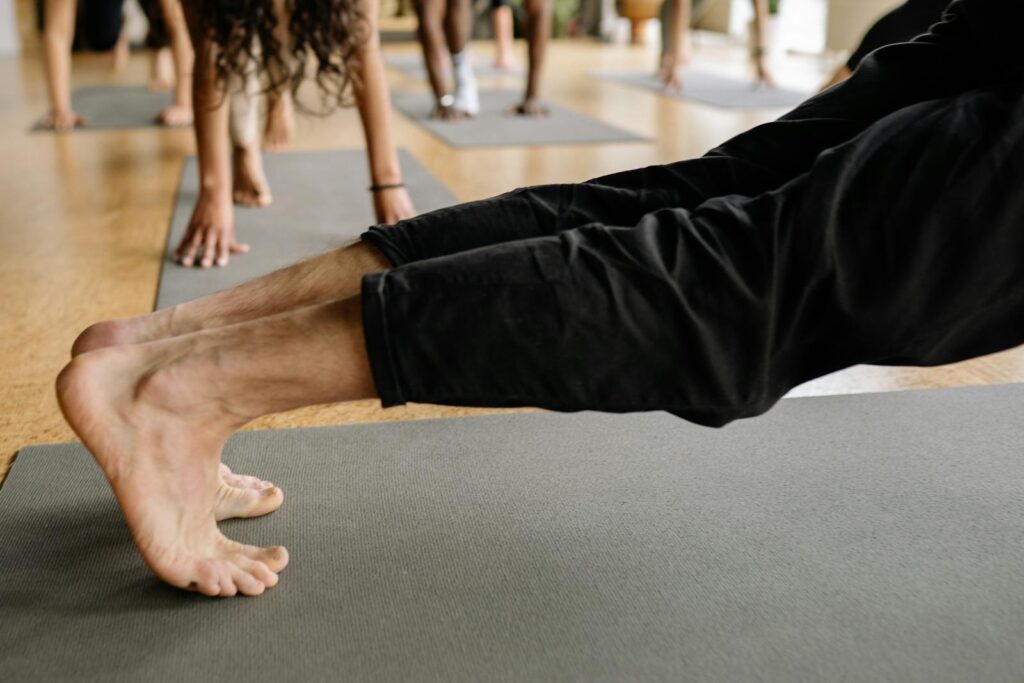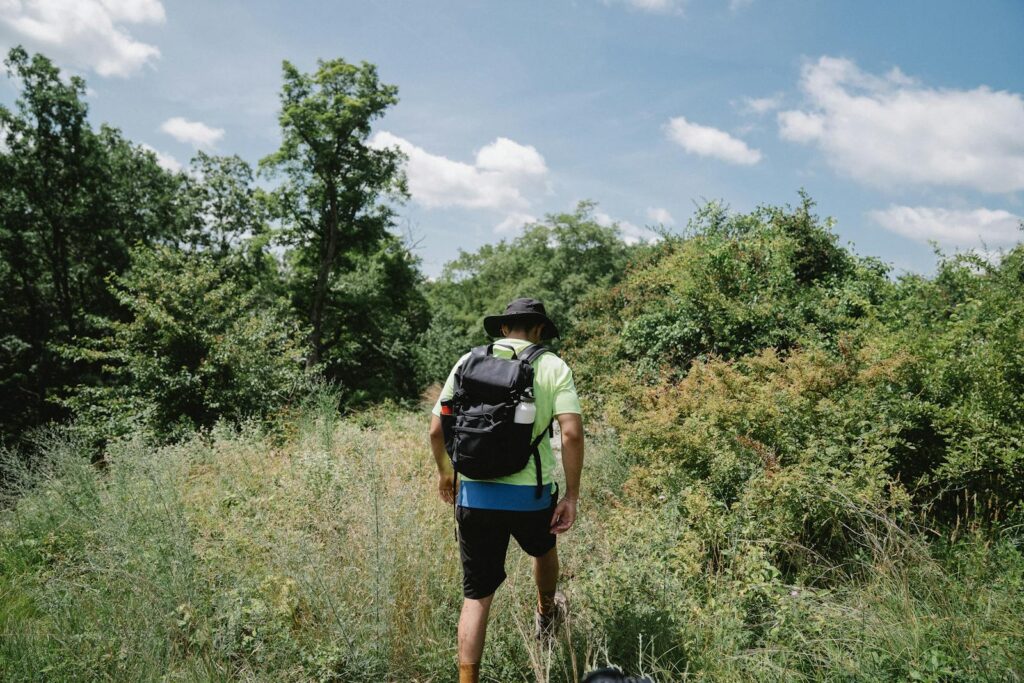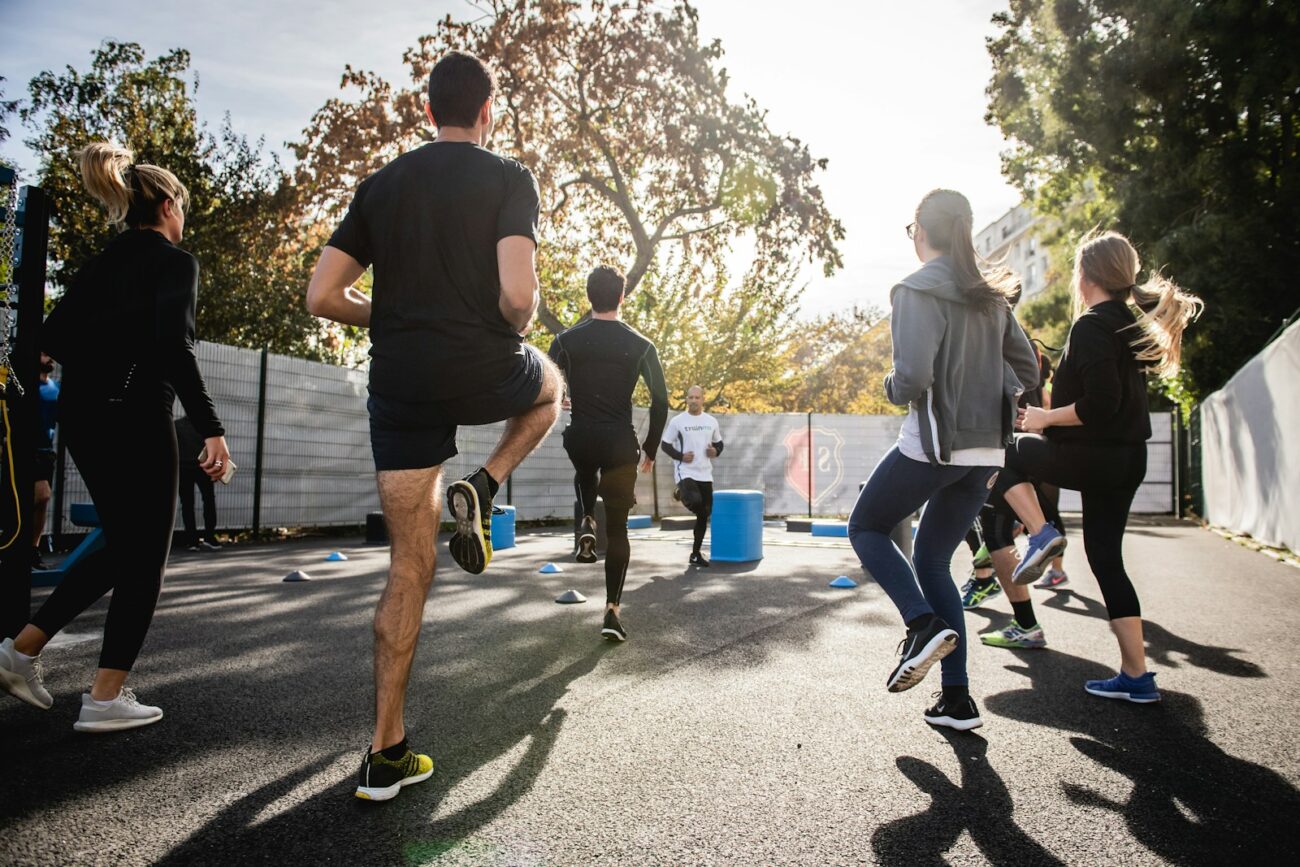Preparing for a multi-day hiking adventure presents unique challenges when you don’t have immediate access to mountainous terrain. However, with strategic training, creative simulation techniques, and proper planning, you can effectively prepare your body and mind for the demands of extended trail journeys—regardless of your geographical location. Many successful hikers and backpackers have conquered challenging trails like the Appalachian Trail or Pacific Crest Trail after training primarily in urban or flat environments. This comprehensive guide will walk you through practical training approaches that will have you ready for your mountain adventure, even if the highest elevation in your daily life is a flight of stairs.
Understanding the Physical Demands of Multi-Day Hiking

Multi-day hiking places unique stresses on your body that differ significantly from day hiking or typical urban exercise. Extended backpacking requires not only cardiovascular endurance but also muscular strength, particularly in your legs, core, and back to support carrying a loaded pack for hours day after day. Your body will need to adapt to repeated impact on varied terrain, which affects joints, tendons, and muscles differently than walking on flat, even surfaces. Additionally, you’ll need to develop mental stamina to push through discomfort, weather changes, and potentially challenging trail conditions that can persist for days. Understanding these demands allows you to design a training program that addresses each element, even without mountains in your backyard.
Creating a Progressive Training Schedule

Successful preparation requires a methodical approach that gradually increases difficulty over time. Begin your training at least three to four months before your planned hike, starting with shorter walks of 2-3 miles while carrying minimal weight. Each week, add approximately 10-15% more distance and gradually introduce weight to your pack, beginning with perhaps 10 pounds and working up to the full weight you’ll carry on your trip. Structure your schedule to include 3-4 training sessions per week, with at least one longer session on weekends that eventually approaches 70-80% of your planned daily hiking distance. Remember that consistency trumps intensity—regular moderate training sessions build endurance more effectively and safely than sporadic extreme efforts. Document your progress in a training journal to track improvements and maintain motivation as you build toward your goal.
Building Endurance Without Mountains

Cardiovascular endurance forms the foundation of multi-day hiking preparation, and fortunately, it can be developed effectively even in flat terrain. Focus on gradually increasing your walking or running distance on local trails, parks, or even urban routes. Incorporate interval training by alternating between periods of faster walking or jogging and recovery periods at a more moderate pace. Cross-training activities like swimming, cycling, or using an elliptical machine can complement your walking regimen by developing aerobic capacity while reducing impact stress on your joints. For maximum benefit, aim for at least 30-45 minutes of sustained cardio exercise 3-4 times weekly, with one longer session (2+ hours) weekly to build the extended endurance needed for all-day hiking. As your fitness improves, add challenges like walking multiple days consecutively to simulate the cumulative fatigue experienced during multi-day adventures.
Strength Training for Trail Resilience

Developing targeted strength provides crucial support for your joints and helps prevent injuries when navigating challenging terrain with a heavy pack. Focus particularly on your lower body with exercises like squats, lunges, step-ups, and calf raises to build the muscles needed for ascents and descents. Core strength training, including planks, bridges, and rotational exercises, creates the stable foundation needed for balanced movement with a backpack. Don’t neglect your upper body—push-ups, rows, and shoulder exercises help prepare you for carrying your pack comfortably for extended periods. Implement a strength routine 2-3 times weekly, using either gym equipment or bodyweight exercises at home, and gradually increase repetitions or resistance as you progress. The goal isn’t necessarily to build significant muscle mass but rather functional strength and muscular endurance that translates directly to trail performance.
Simulating Elevation Gain in Flat Areas

The absence of mountains doesn’t mean you can’t prepare for elevation changes with some creative approaches. Staircases in office buildings, stadiums, or public parks offer excellent training opportunities—try climbing 20-30 flights while wearing your loaded backpack. Parking garages provide similar benefits with their multiple levels and ramps, allowing you to create circuits that combine climbing and descending. If you have access to a gym, stair machines and treadmills with incline settings can simulate uphill hiking, especially when used for extended periods (30+ minutes) at varying intensities. For a more functional approach, find the tallest hill in your area and create a workout of repeated ascents and descents, focusing on maintaining proper hiking form and controlled breathing. These elevation-focused workouts should be incorporated at least once weekly, gradually increasing duration as your fitness improves.
Training with a Loaded Pack

Accustoming your body to hiking with weight is perhaps the most critical aspect of preparation for multi-day adventures. Begin by walking with a lightly loaded pack (10-15 pounds) for shorter distances, focusing on maintaining proper posture with the weight distributed correctly on your hips. Gradually increase both the distance covered and the weight carried until you’re regularly training with the full load you’ll carry on your trip, which typically ranges from 25-40 pounds depending on your journey’s length and self-sufficiency requirements. Incorporate your loaded pack into various training scenarios—urban walks, stair climbing, and treadmill sessions—to adapt to its presence in different movement patterns. Pay particular attention to how the pack affects your balance, breathing, and posture, making adjustments to your pack’s fit as needed to prevent discomfort or potential injury points before your actual hike.
Developing Ankle Stability and Foot Conditioning

Mountain trails frequently feature uneven surfaces, loose rocks, and technical terrain that challenge ankle stability far more than flat urban environments. Prepare your feet and ankles by intentionally seeking out uneven terrain for some of your training walks—parks with natural surface trails, beaches, or even grassy fields can provide variable surfaces that strengthen the small stabilizing muscles in your feet and ankles. Incorporate specific exercises like ankle circles, calf raises on the edge of a step, and balance work on one foot to build proprioception and stability. Consider walking on a variety of surfaces during your training, including gravel paths, grass, and sand when available, which forces your feet to adapt to different levels of resistance and support. Equally important is conditioning your feet to withstand long days in hiking boots—gradually increase the duration of your walks while wearing the exact footwear you’ll use on your multi-day hike to prevent blisters and foot pain.
Incorporating Interval and HIIT Training

High-intensity interval training (HIIT) provides an efficient method for building both cardiovascular capacity and muscular endurance when time or access to training areas is limited. Design hiking-specific HIIT workouts that might include 30-60 seconds of stair climbing, followed by 30-60 seconds of recovery, repeated for 20-30 minutes. Another effective approach combines bodyweight exercises that mimic hiking movements, such as alternating between walking lunges, step-ups, and quick high steps for designated intervals. These workouts not only improve your aerobic capacity but also prepare your body for the varied effort levels experienced on trails, where steep sections require bursts of higher intensity followed by recovery on flatter terrain. Incorporate 1-2 HIIT sessions weekly, being careful not to schedule them immediately before or after your longest training walks to allow for proper recovery.
Mental Preparation Strategies

The psychological aspects of multi-day hiking often present greater challenges than the physical demands, particularly when faced with adverse weather, discomfort, or isolation. Develop mental resilience by occasionally training in less-than-ideal conditions—walk in light rain, during hotter afternoon hours, or early mornings when motivation might be lower. Practice mindfulness techniques during your longer training sessions, focusing on your breathing and surroundings rather than discomfort or distance remaining. Visualization can be particularly powerful—regularly imagine yourself successfully navigating challenging sections of your planned route, handling potential difficulties, and experiencing the satisfaction of completing each day. Consider incorporating podcasts or audiobooks during some training sessions to develop the mental diversion techniques that can be useful during monotonous trail sections, but also practice hiking in silence to build comfort with your own thoughts during long days on remote trails.
Nutrition and Hydration Training

Your digestive system requires specific conditioning for the unique demands of multi-day hiking, where caloric needs increase dramatically while food options become limited. Experiment with various hiking-appropriate foods during your longer training walks to identify which options provide sustained energy without causing digestive distress. Practice your hydration strategy, determining through trial and error how much water you typically require per hour of exertion and how to recognize your personal early signs of dehydration. Use longer training sessions to test electrolyte replacement strategies, whether through sports drinks, tablets, or food choices, particularly important for hikes in hot weather or at higher elevations. Additionally, train your body to process calories while in motion by consistently eating small amounts throughout your walks rather than relying solely on larger meals before and after exercise, mimicking the grazing approach that works best for most hikers.
Simulating Consecutive Hiking Days

One of the most challenging aspects of multi-day hiking is the cumulative fatigue that builds from hiking day after day without complete recovery. Replicate this experience by scheduling “back-to-back” training weekends where you complete longer hikes (or urban equivalents) on consecutive days. Start with two consecutive days of moderate distance (perhaps 5-7 miles each day), then gradually build to three or even four consecutive training days as your trip date approaches. During these simulation weekends, practice your full trail routine—packing and unpacking your gear, preparing the foods you’ll eat on your trip, and setting up any camping equipment you’ll use. Pay particular attention to how your body responds on the second and third days, noting any particular hot spots for blisters, muscle soreness patterns, or energy fluctuations, which provides valuable information for preventative measures during your actual journey. These consecutive training days also provide crucial mental preparation for the persistence required during multi-day adventures.
Gear Testing and Refinement

Using your actual hiking gear during training serves dual purposes—conditioning your body while simultaneously testing equipment functionality. Wear your hiking boots, socks, and typical trail clothing on longer training walks to identify any potential issues with fit, chafing, or comfort before your trip begins. Load your actual backpack with the approximate weight you’ll carry, distributed as it will be on your journey, allowing you to make adjustments to straps, padding, or weight distribution for optimal comfort. Test your rain gear during wet conditions to confirm waterproofing and ventilation perform as expected. Every piece of equipment, from trekking poles to water filtration systems, should be thoroughly tested during training to ensure familiarity and function, preventing unwelcome surprises on the trail. Remember that gear testing often reveals the need for modifications or replacements, so schedule your most rigorous testing sessions with enough lead time to make changes before your departure date.
Recovery Techniques for Training Progression

Effective recovery between training sessions allows for consistent progress without injury setbacks, particularly important when preparing for the significant physical demands of multi-day hiking. Implement active recovery techniques like gentle yoga, swimming, or light cycling on days between more intense training sessions to promote blood flow without adding stress to recovering muscles. Pay particular attention to foam rolling or massage for your legs, feet, and lower back—areas that bear the brunt of hiking strain—spending 10-15 minutes daily on these self-maintenance practices. Proper nutrition timing also accelerates recovery; consume a combination of protein and carbohydrates within 30-60 minutes after longer training sessions to optimize muscle repair and glycogen replenishment. Adequate sleep becomes increasingly important as training intensity increases, with most adults requiring 7-9 hours nightly for optimal recovery and adaptation. Listen carefully to your body’s signals and be willing to modify your training schedule when persistent fatigue or pain indicates the need for additional recovery time.
Final Preparation in the Weeks Before Your Hike

The final 2-3 weeks before your multi-day adventure require strategic adjustment of your training approach to ensure you arrive at the trailhead fresh yet prepared. Begin tapering your training volume while maintaining some intensity—reduce your longest walks by 30-40% while continuing shorter, quality sessions that maintain fitness without creating new recovery demands. Focus increasingly on refining gear selections, finalizing your packing strategy, and reviewing maps and logistics for your route. Prioritize quality sleep during this period, as pre-trip excitement or anxiety often disrupts normal sleep patterns closer to departure. Hydrate consistently in the days leading up to your hike, particularly important if you’ll be traveling to higher elevations where dehydration can exacerbate altitude-related issues. Complete your final gear checks, break in any new equipment that will make the journey, and mentally transition from training mode to adventure mode, confident that your dedicated preparation has built the foundation for a successful multi-day hiking experience.
Preparing for a multi-day hike without mountains nearby certainly presents challenges, but with creativity and dedication, you can develop the physical conditioning and mental readiness necessary for success. By systematically building endurance, strength, and stability while simulating the specific demands of mountain hiking through innovative urban alternatives, you create the foundation for a safe and enjoyable backcountry experience. Remember that consistent training across months, rather than last-minute intense preparation, yields the best results. As you implement this comprehensive approach to flat-land training, you’ll arrive at the trailhead prepared to embrace the magnificent challenges and rewards that await in the mountains, regardless of where your training journey began.

